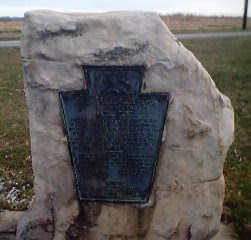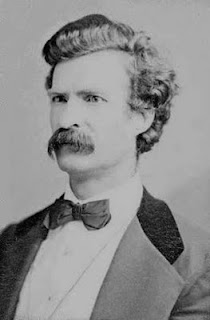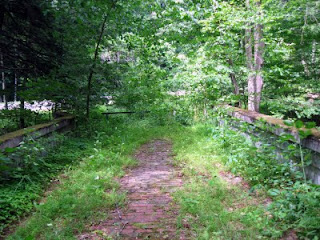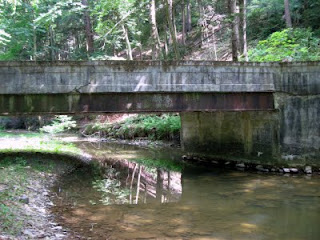
No love stems deeper than the love a parent shares with their children. We watch them grow and change from infancy to adolescence to adulthood. Hoping to forever capture the innocent moments of their lives in our memories. Many years past capturing these moments didn't mean pressing a button on a camera and instantly uploading your photo, instead it meant countless hours and some artistic abilities. The process of having your portrait painted was often tedious and time consuming, but not often deadly.
On a chilling somber day Mr. Tallman was working on his own personal masterpiece. His precious 3 year old daughter Nellie, sat patiently while her father painted her portrait. As the world seemed peaceful and serene to the father and daughter bonding, tragedy was soon to strike. Young Nellie Tallman tumbled out of the chair she was resting on and immediately broke her neck. Her young life was abruptly cut short. To forever commemorate his daughter her father continued on with her painting. After completion the artwork was hung for all to admire. But a strange occurrence kept happening. The framed piece of artwork was constantly falling from the walls. Eventually the piece of art was donated to the Thomas Taber museum in Williamsport, Pennsylvania. The museum proudly hung the artwork until the same strange incidents began to happen again. Initially the painting fell and was damaged, after being restored it was placed back up and fell several more times. Eventually the museum moved the painting only to have the same fate as before, leaving many to believe that even though Nellie Tallman is no longer with us on Earth, her spirit may be roaming forever.











